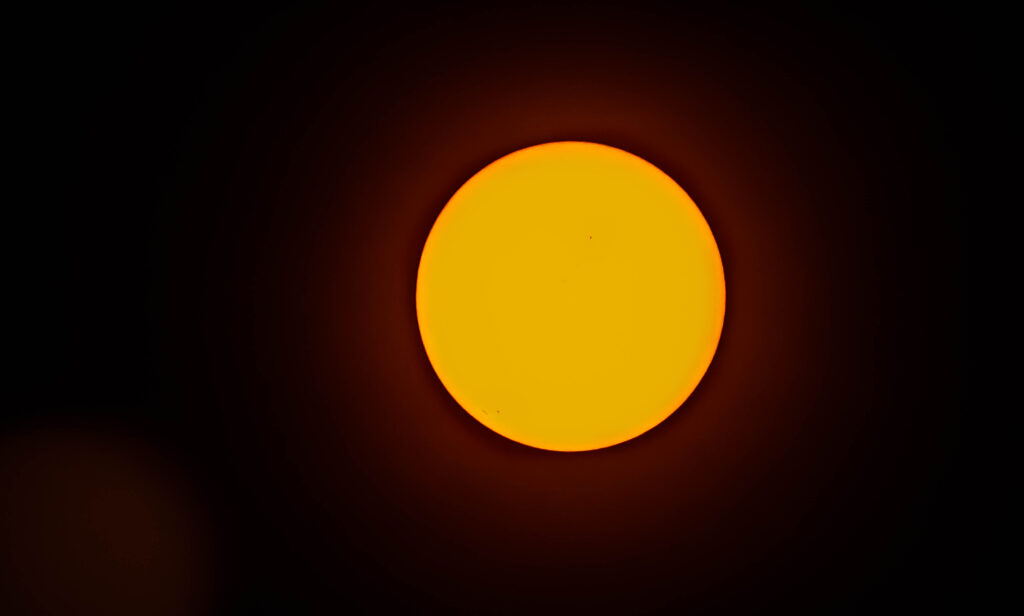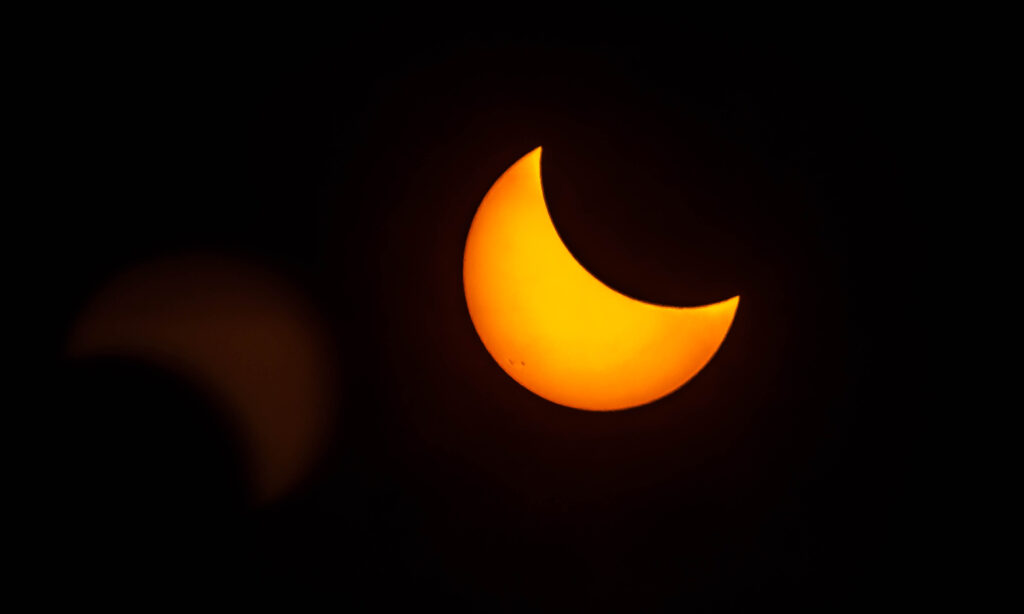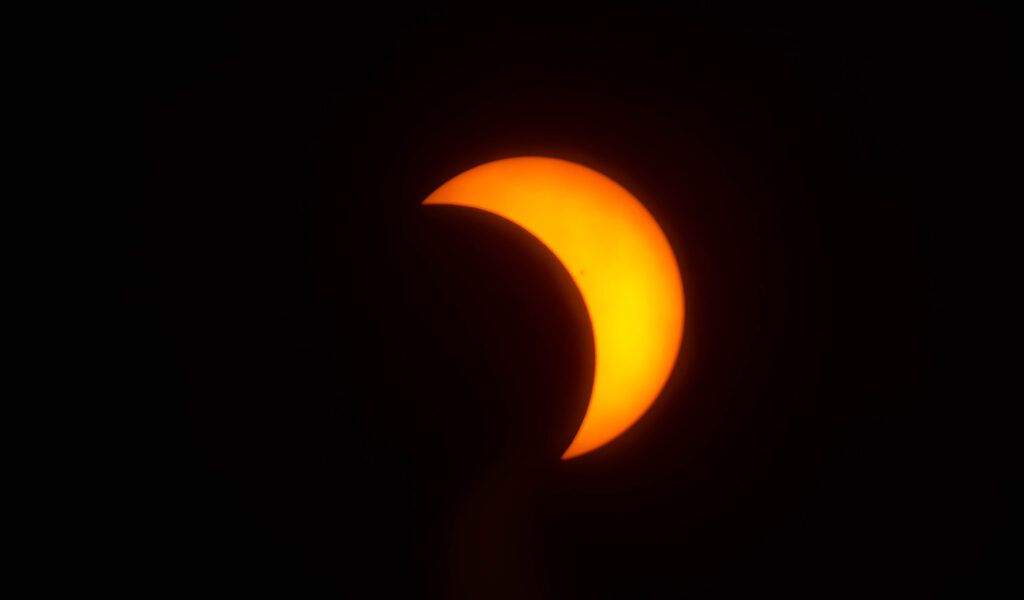
The event that started this journey and passion – Total Solar Eclipse on our 30th wedding anniversary – 21 August 2017
Total Solar Eclipse – Grand Island, Nebraska – 21 August 2017
Fun facts
The solar eclipse of August 21, 2017, dubbed the “Great American Eclipse” by some media, was a total solar eclipse visible within a band that spanned the contiguous United States from the Pacific to the Atlantic coasts. It was also visible as a partial solar eclipse from as far north as Nunavut in northern Canada to as far south as northern South America. In northwestern Europe and Africa, it was partially visible in the late evening. In northeastern Asia, it was partially visible at sunrise.
Prior to this event, no solar eclipse had been visible across the entirety of the United States since June 8, 1918; not since the February 1979 eclipse had a total eclipse been visible from anywhere in the mainland United States. The path of totality touched 14 states, and the rest of the U.S. had a partial eclipse. The area of the path of totality was about 16 percent of the area of the United States, with most of this area over the ocean, not land.
The total eclipse had a magnitude of 1.0306 and was visible within a narrow corridor 70 miles (110 km) wide, crossing 14 of the contiguous United States: Oregon, Idaho, Montana, Wyoming, Nebraska, Kansas, Iowa, Missouri, Illinois, Kentucky, Tennessee, Georgia, North Carolina, and South Carolina. It was first seen from land in the U.S. at Oregon’s Pacific coast, and then it progressed eastward through Salem, Oregon; Idaho Falls, Idaho; Casper, Wyoming; Lincoln, Nebraska; Kansas City, Missouri; St. Louis, Missouri; Hopkinsville, Kentucky; and Nashville, Tennessee; Columbia, South Carolina; and finally Charleston, South Carolina. A partial eclipse was seen for a greater time period. The event’s shadow began to cover land on the Oregon coast as a partial eclipse at 4:05 p.m. UTC (9:05 a.m. PDT), with the total eclipse beginning there at 5:16 p.m. UTC (10:16 a.m. PDT); the total eclipse’s land coverage ended along the South Carolina coast at about 6:44 p.m. UTC (2:44 p.m. EDT). Visibility as a partial eclipse in Honolulu, Hawaii began with sunrise at 4:20 p.m. UTC (6:20 a.m. HST) and ended by 5:25 p.m. UTC (7:25 a.m. HST).
This total solar eclipse marked the first such event in the smartphone and social media era in America. Information, personal communication, and photography were widely available as never before, capturing popular attention and enhancing the social experience. The event was received with much enthusiasm across the nation; people gathered outside their homes to watch it, and many parties were set up in the path of the eclipse. Many people left their homes and traveled hundreds of miles just to get a glimpse of totality, which few ever get to experience. Marriage proposals were timed to coincide with the eclipse, as was at least one wedding...AND our 30th wedding anniversary celebration! Logistical problems arose with the influx of visitors, especially for smaller communities.
Future total solar eclipses will cross the United States on April 8, 2024 (12 states), August 23, 2044 (2 states), and on August 12, 2045 (10 states), and annular solar eclipses—wherein the Moon appears smaller than the Sun—will occur in October 2023 (9 states) and June 2048 (9 states).
{ From: https://en.wikipedia.org/wiki/Solar_eclipse_of_August_21,_2017 }
Equipment
Imaging stream: Tamron 150-600mm lens (@600mm), Canon Rebel T4i, on tripod
Capture & processing notes
My astrophotography journey started in Grand Island, Nebraska on 21 August 2017 – our 30th wedding anniversary (yes, really, in Nebraska!) – and the total solar eclipse. Paul facilitated the beginning of the journey with a 150-600mm lens, Canon T4i, a book about shooting eclipses, a sun filter, and a tripod.
Although I had zero understanding of anything but landscape photography and couldn’t figure out why the sun kept moving out of the frame (yes, really – even with that degree in physics!) – I was able to capture several great images (from the 152 I took) of the eclipse.
Capture: 21 August 2017, 1053CDT – 1329CDT
Shooting location: Hilton Hampton Inn, Grand Island, Nebraska
Processing: Processed in Lightroom








